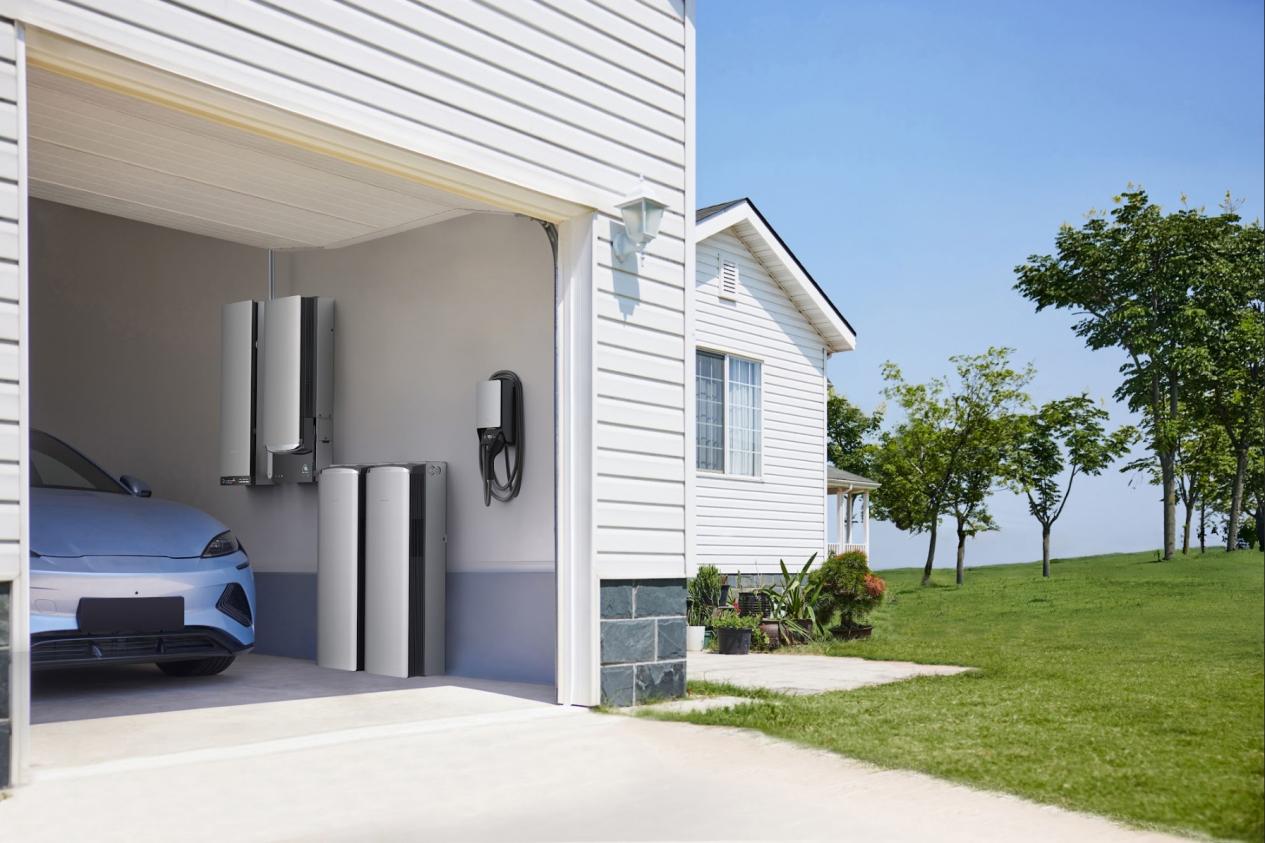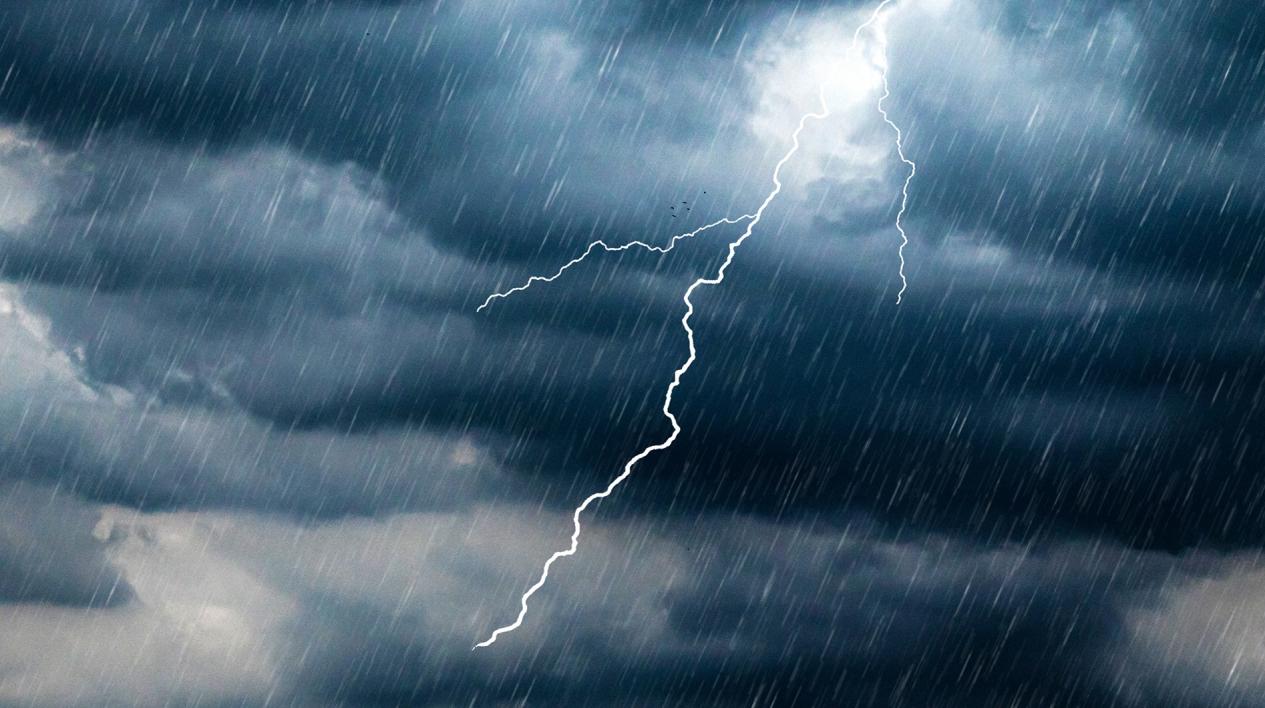Designing Backup Power That Adapts to Weather Forecasts
Last winter, maybe you saw what happened to your neighbors. One lost power for three days during an ice storm because their generator wouldn't start in the cold. Another neighbor's battery system worked fine for a while, but then flooding reached the basement where it was installed...
Weather is not just a hassle; it's the biggest threat to your backup power when you need it most.
The Weather Problem Most People Overlook
Summer heat can wear down batteries right when you need the AC. Winter cold can stop them from charging when you need heat. Storms bring water that can ruin equipment, and wind sends tree branches flying. Each season brings a new threat to your battery backup power supply, and it always happens when the power is most likely to go out.
Most people plan for the power outage but forget about the weather that causes it. This is a big mistake, because when bad weather hits, backup systems often fail.
What Makes a System Weather-Smart?
Many backup systems fail because they cannot handle these real-world challenges. The best backup systems that work with weather are different. They do not just react to problems; they get ready for them ahead of time. Here’s what that looks like:
Pre-Storm Charging: The system watches the weather forecast. Then it automatically charges itself to 100% before a storm arrives. This gives you a full tank of energy to start an outage.
Temperature Smarts: In hot weather, it can charge during the cooler night hours. In cold weather, it uses a tiny bit of energy to keep the batteries warm enough to work right.
Smart Priorities: The system knows what is important. In a summer outage, it makes sure the AC gets power. In winter, it prioritizes the heat to keep your pipes from freezing.
These features happen automatically, so you do not have to remember to prepare for every storm.


Step 1: Choose Weatherproof Gear
Your battery backup power supply needs equipment built to handle the worst your climate can throw at it. You need to look beyond the marketing and check for three specific things.
A Wide Operating Temperature Range.
Your system should work well in the hottest and coldest temperatures your area actually experiences. Check the spec sheet for the "Operating Temperature." A top-tier system will function in a wide range, from below freezing to well over 100°F, without losing significant performance.
Serious Water Protection.
Look for an IP67 rating. This is a technical term that means the equipment is sealed tight against dust and can survive being submerged in about three feet of water for 30 minutes. This is far superior to lower ratings like IP65 rating, which only protects against jets of water. An IP67 rating protects your investment from heavy rain, burst pipes, and even basement flooding.
A Tough, Durable Body.
The casing of the battery and inverter should be strong enough to handle impacts. A sturdy metal enclosure is much better than a plastic one. It can better protect the sensitive electronics inside from falling branches or debris during a high-wind storm.
Step 2: Plan for Your Local Weather
Different parts of the country face different weather. Your system should be designed for what happens where you live. A setup for Arizona will be different from one for Maine.
For Hot Climates (like Arizona or Texas):
Heat is the main enemy. Ask if the system has active cooling, like internal fans, to protect itself. Batteries can lose power and age faster in extreme heat, so a system that manages its own temperature is crucial.
For Cold Regions (like Minnesota or Maine):
Many batteries cannot charge if the temperature is below freezing (32°F). You need a system with a built-in internal heater. This feature uses a small amount of power to keep the cells warm, so it can still charge from your solar panels even on a cold, sunny winter day.
For Coastal Areas (like Florida or Louisiana):
Salt and humidity can cause rust and corrosion. Look for equipment with corrosion-resistant materials, like powder-coated aluminum or stainless steel fittings. Also, the system must be installed high enough to stay above a potential storm surge.
Step 3: Install It the Right Way
Even the best gear can fail if it is not installed correctly. The location and setup are key to surviving a real storm. You should insist on a few things with your installer.
Install High and Dry.
Do not just put the battery on the basement floor. A professional should install it on a raised concrete platform or securely mount it on a wall, well above the level of any potential flooding. Ask about the local flood plain and add extra height for safety.
Give It Room to Breathe.
The system needs good airflow to stay cool. The installer should leave at least a foot of clear space on all sides and above the unit. Do not let them install it in a tight, stuffy closet where heat can build up.
Secure It Properly.
The installer should bolt the unit securely to the wall or floor. This prevents it from tipping over during an earthquake or getting moved by high winds if it's in a garage. Ask your installer how they plan to protect it from your area's specific threats.
The Smart System Advantage
Tough hardware is the starting point, but a truly smart system does more than just survive. It thinks ahead and adapts. This is the difference between a system that is weather-resistant and one that is a truly weatherproof battery system. The EcoFlow OCEAN Pro was built from the ground up to be weatherproof.
It is a complete defense system. Here’s how it keeps you powered when others fail:
It Handles Extreme Temperatures.
Most batteries have a temperature range they are comfortable in. The OCEAN Pro is built for the extremes. It works well from a freezing -4°F to a blistering 140°F. This means your AC will keep running during a record-breaking heatwave, and your heat will stay on during a deep freeze. When other systems quit, the OCEAN Pro keeps going.
It Stands Up to Water.
Flooding can destroy a backup system in seconds. The OCEAN Pro is built to survive it. Its IP67 rating means its important parts are completely sealed. It’s also designed to handle flooding up to 3.3 feet. Your basement could have water on the floor from a storm, and its sealed case will keep the important parts perfectly dry and working.


It Outsmarts the Storm.
The system’s AI-powered brain connects to weather forecasts and prepares for trouble before it arrives. It sees a hurricane forming and automatically charges all your batteries to 100%. It sees a heatwave coming and shifts its charging to the cooler night hours to save you money. It can even see a local flood warning and instantly switch to backup mode to protect itself from power surges on the grid.
This is not just a battery with a few extra features. The EcoFlow OCEAN Pro is a complete system designed for one purpose: to make sure your power stays on when the weather is at its absolute worst. It's a great home battery system for hurricane season.
How It Works in Real Life
Here is how it works in a few real situations:
Hurricane: Days before the storm hits, your system fully charges and switches to a power-saving mode. During the storm, it makes sure your fridge, lights, and phone chargers have power. After, it carefully uses the remaining energy and any new solar power it can get until the grid is back up.
Ice Storm: As it gets colder, the system uses a tiny bit of its own power to stay warm and ready. It sends power to your heating system first to keep your family safe and your pipes from freezing. This can save you thousands in repairs.
Heatwave: The system charges at night when it is cooler and electricity is cheaper. During the hottest part of the day, it focuses on running the AC. It manages the power to keep your house cool without overheating itself.
Make Your Choice
Bad weather will test your backup power. You should choose a battery backup power supply system that is built for it. Install it correctly for your area, and pick one that automatically adapts to what is coming.
Ready to build backup power that works in any weather? The EcoFlow OCEAN Pro has proven it can handle extreme conditions. It also has the smarts to keep you protected, year-round.